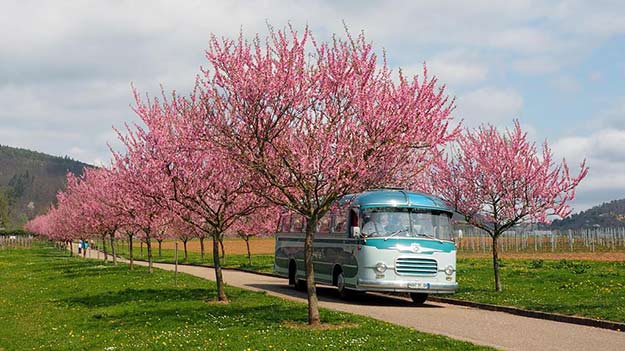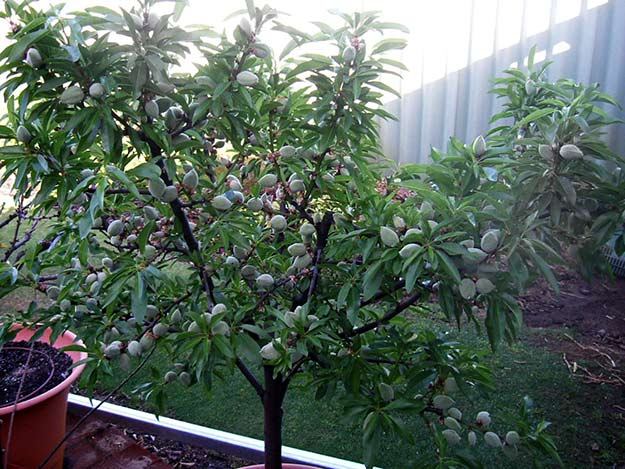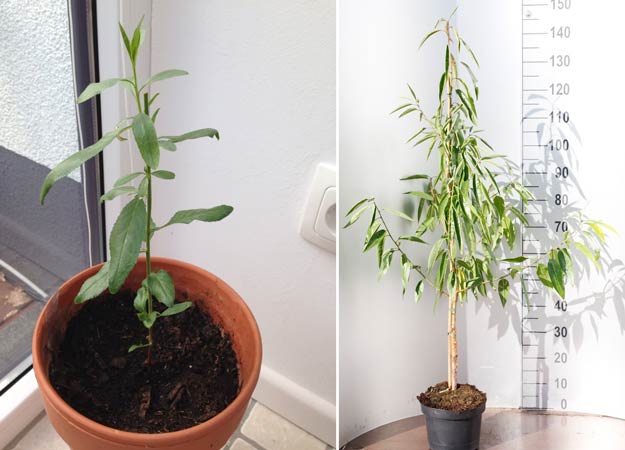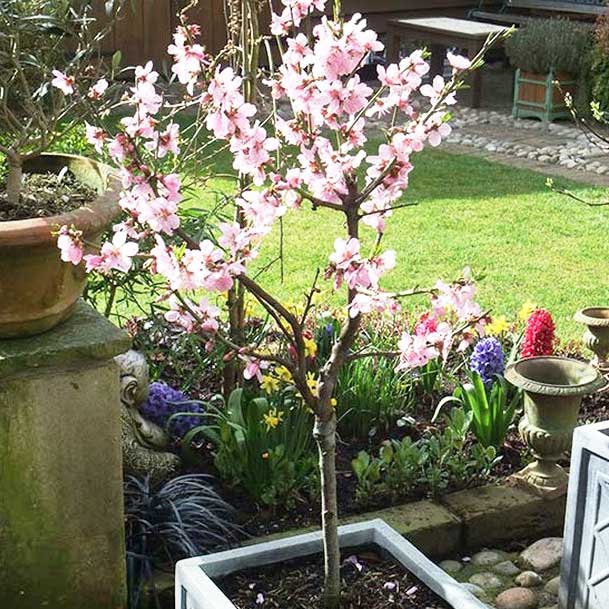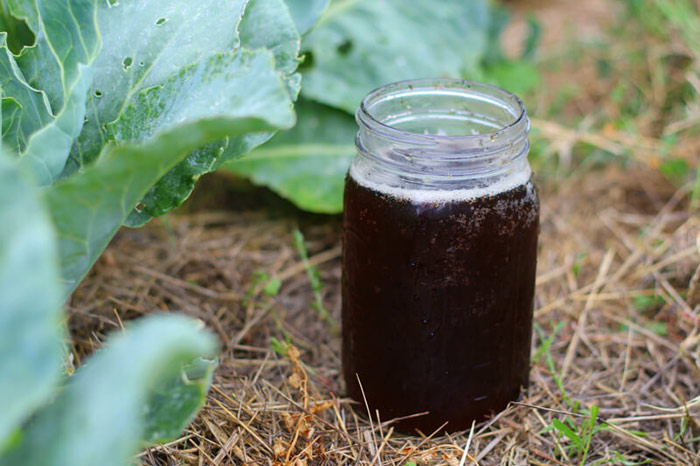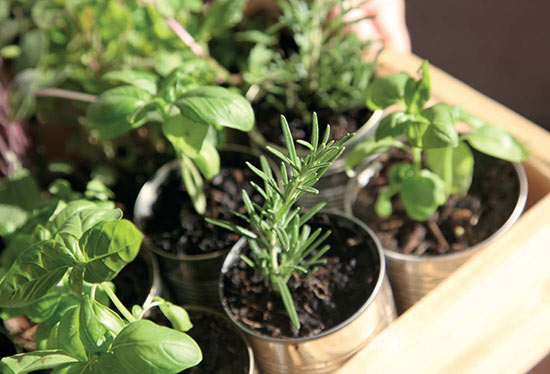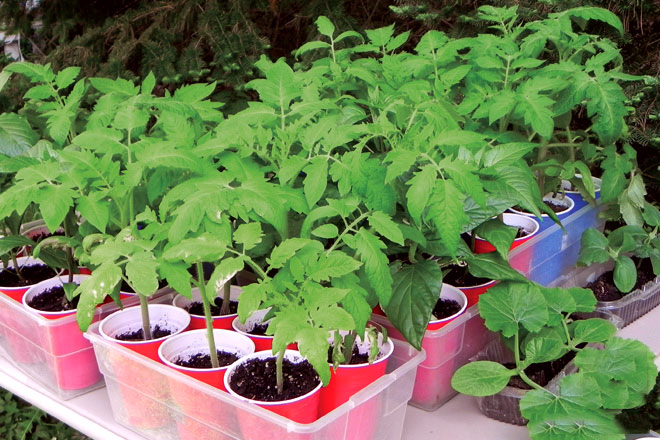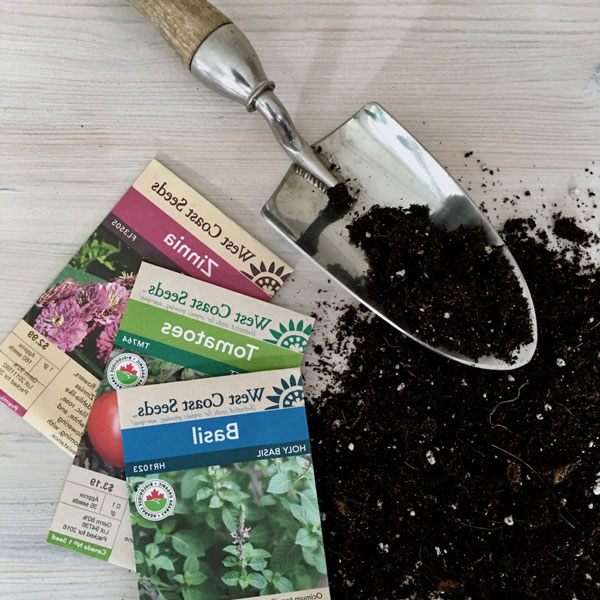Thanks to breeders and geneticists, we can now grow the most exotic plants in temperate climates. Global warming is also doing its part, so it’s now even possible to grow almonds in your garden, even in regions with harsh climates. But first, let’s try growing an almond tree from a seed at home.
Which Almonds Can Be Germinated?
Raw, shelled almonds germinate quite well if the seeds are relatively fresh. There’s no need to search for whole nuts in their shells, as you can sprout almonds from loose or packaged raw nuts.
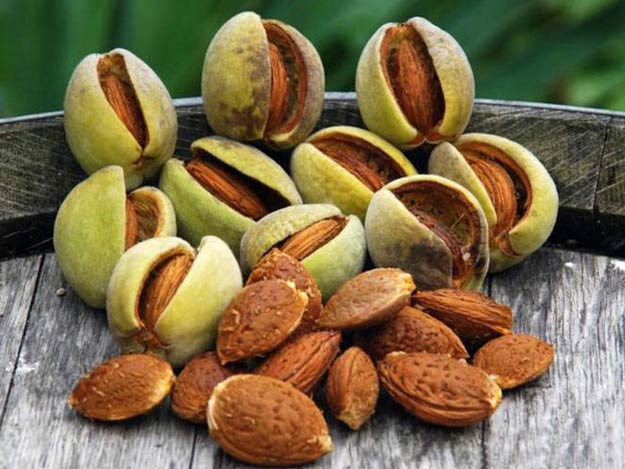 This is how freshly harvested drupes of almonds look
This is how freshly harvested drupes of almonds look
If you have recently harvested almonds and want to start germination immediately, you should simulate “winter” conditions for the seeds by keeping them in the refrigerator for at least 1.5 months (a process known as stratification ).
Does the Variety Matter?
If you plan to eventually transplant the sapling outdoors, look for special varieties bred for temperate climates (such as those in the middle latitudes of Ukraine) that are highly frost-resistant and have late blooming times.
Popular Italian, Greek, and Central Asian almond varieties begin blooming in late February, which can be detrimental to the fruit when late spring frosts occur.
Good options include: Leninabadsky, Dessertny, Nikitsky 62 (self-pollinating) and 2240, Pribrezhny, Milas, Bosporus, Alexander. These varieties bloom later, mature faster, and yield good harvests. Not all are self-pollinating, so it’s ideal to grow at least two trees for cross-pollination.
It’s important to choose the right variety because some almond trees are ornamental and do not produce fruit, while some bitter varieties are not edible.
Interestingly, almond trees bloom beautifully and yield sweet harvests in Germany and Denmark. One variety known as Dürkheimer Krachmandel (Prunus amygdalus) is self-pollinating and can survive frosts below -20°C. The growing experience is described in the blog Florapassions.com .
Other frost-resistant varieties in Germany include Palatina, Große Prinzessmandel, and Ferragnes.
Will an Almond Cutting Root?
Unfortunately, almond tree cuttings do not root. However, they can be successfully grafted onto closely related trees such as plums, peaches, and apricots. Almonds are not actually nuts but rather drupe fruits, with the flesh being inedible for us.
The Germination Process of Almonds
- Place several of the healthiest and sturdiest nuts into a large container with room-temperature water. After 12 hours, gently rinse and change the water. The nuts should already start to swell. Leave the seeds in water for another 8–10 hours.
- If your almonds still have their shell, after the first soak, gently crack the pointed end of the shell without removing it entirely.
- Within 24 hours, viable almonds should sprout. At this stage, the seeds are ready for planting.
Planting and Caring for Almonds in a Pot at Home
You won’t need a large pot initially. However, as the almond tree grows, it will require a container of up to 75 liters—similar to the ones used to grow and fruit almond trees in shopping malls and greenhouses worldwide.
Start with a small pot and seedling soil. Not all sprouted seeds will grow into plants, so prepare several pots with almond seeds as backups. Some people have had success germinating almonds through stratification, although this process can lead to mold, which is more likely in cold-conditioned pots. While stratifying almonds is frequently recommended, it’s not an absolute necessity.
The video below, created by Indian gardener Deepak Bandari, showcases the entire process of growing almonds from shelled seeds all the way to a mature tree. Highly recommended viewing (the video features easily readable captions).
If you decide to start with stratification, keep the pot on the bottom shelf of the refrigerator for 2–3 weeks, and monitor for mold.
Traditional germination of heat-loving almonds on a sunny windowsill yields good results. The soil should remain moderately moist and covered with a makeshift greenhouse (a plastic bottle works well). Place the seed at a depth of up to 3 cm, with the pointed end facing upward, and spray the soil to keep it moist.
On a warm sunny windowsill, the first sprouts will not appear until at least 5–6 weeks have passed, so patience is key—don’t get discouraged too soon! Very often, during the early stages of growing seedlings, mold appears on the soil surface. This is not a reason to get rid of the pot; simply remove the top layer of affected soil and replace it with fresh soil.
As soon as the sprout appears, it will start growing rapidly. The main rule of care during this period is a sunny, warm location and avoiding moisture accumulation around the roots. Watering should be abundant, but standing water in the tray must not be allowed.
Transplanting and Placement of a Mature Plant
The soil for an almond tree should be loose and nutrient-rich. If you plan to transplant the tree into a garden, it makes sense to use garden soil for the temporary container.
Heavy, acidic clay soils with poor aeration are unsuitable for almonds. Ideal soils include light sandy and rocky types. For clay soil, you can add sand and organic fertilizers. Proper drainage is very important for the health of the plant.
The container with the tree should be placed in the brightest spot in the room. In a large volume of soil, the plant tolerates irregular watering quite well. There are recommendations for heavy watering once a week, allowing water to exit through the drainage holes. The soil should dry out by several centimeters before the next watering.
Winter Care
The almond tree goes dormant in the fall. If the container with the plant is outdoors, it should be brought indoors when the temperature drops to 7-8 degrees Celsius. Watering should be reduced to moistening the topsoil layers, with light spraying or moistening of the trunk as an option. The first cautious waterings can begin in early February.
When Will It Bear Fruit?
It will take at least 4 years from planting until the first almonds appear. To ensure flowering yields fruit, either a pair of plants is needed, or special self-pollinating varieties.
I will write about transplanting an almond tree into the garden in the gardening section, where I will focus on cultivation, care, and pruning of the plant.
